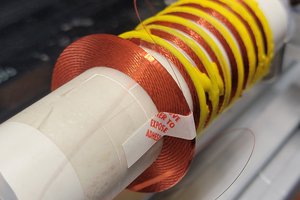As years pass, transistors become more SMD while eyes can't keep up. In fact flokatis eat up considerable amounts of devices. To end this, wouldn't it be good to have a robot handling tiny stuff?
Luckily, you don't need a full grown CNC to manage that. This project aims to have manipulator for soldering and other tasks that is cheap, fun building it and fits inside a bookshelf while not used.
The challenge completing it is everything except tiny, but some components look promising:
* hacked servos
* threaded rods, skateboard ball bearings and ball bearing drawer slides
* µC with USB interface
* USB cam to guide manual operation
They're everywhere available at very low price while a "real" automatic soldering robot would be many $1000. The main difference would be Shelfie not being automated but intented for manual operation and much slower. Just to have it said. There are other advantages on Shelfie.
* Mount, controls and space for various tools and modifications
* Learning experience while building it
* Low cost: below 100 EUR
* Backyard design
Critique welcome!
---
---
Note: There is a similar project with a premanufactured CNC as component on hackaday already. While this is one million times better of course, the other one could be what you're after:
https://hackaday.io/project/20260-manual-smt-pick-and-place-machine
 Horst Schlawutzke
Horst Schlawutzke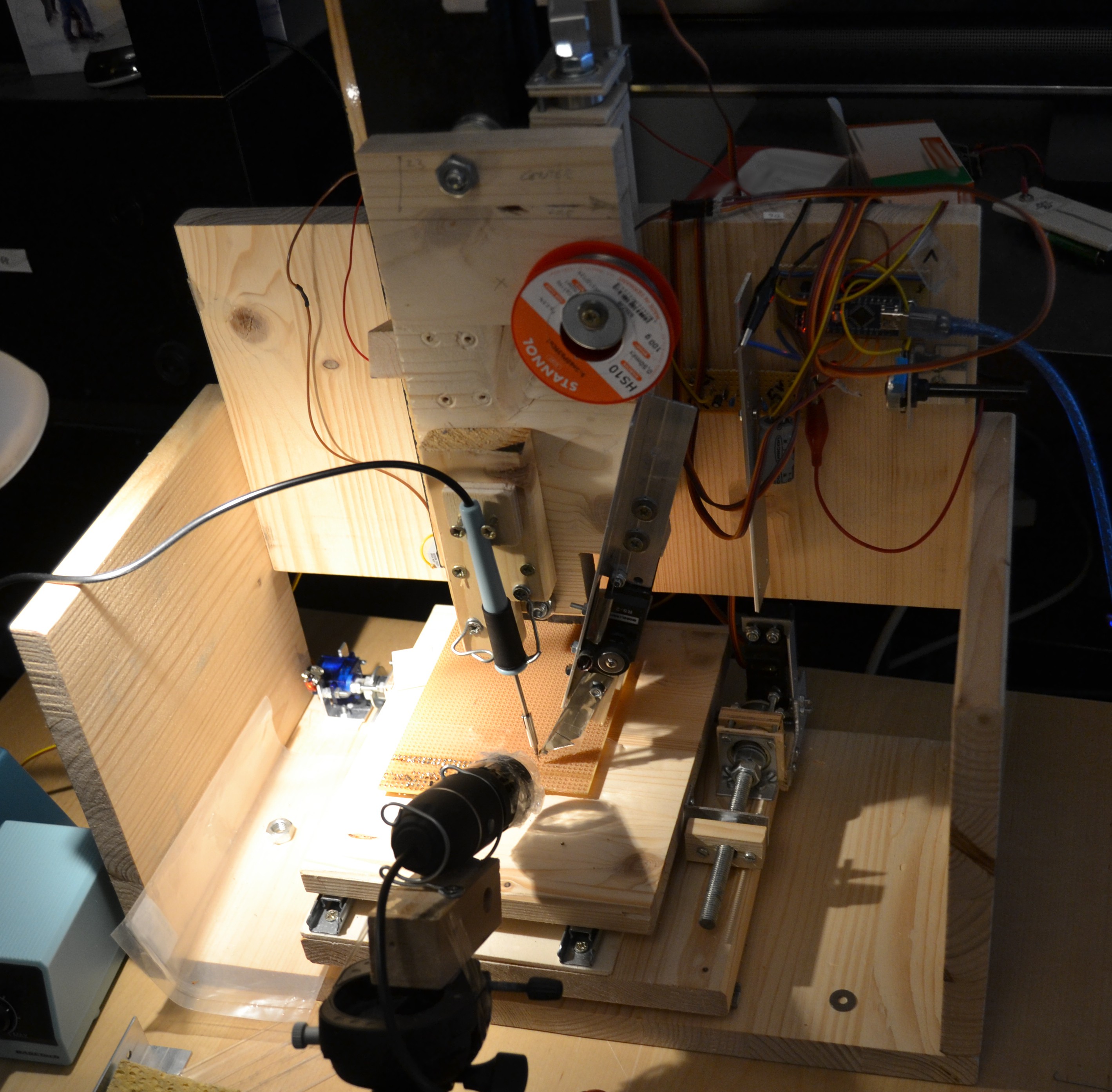
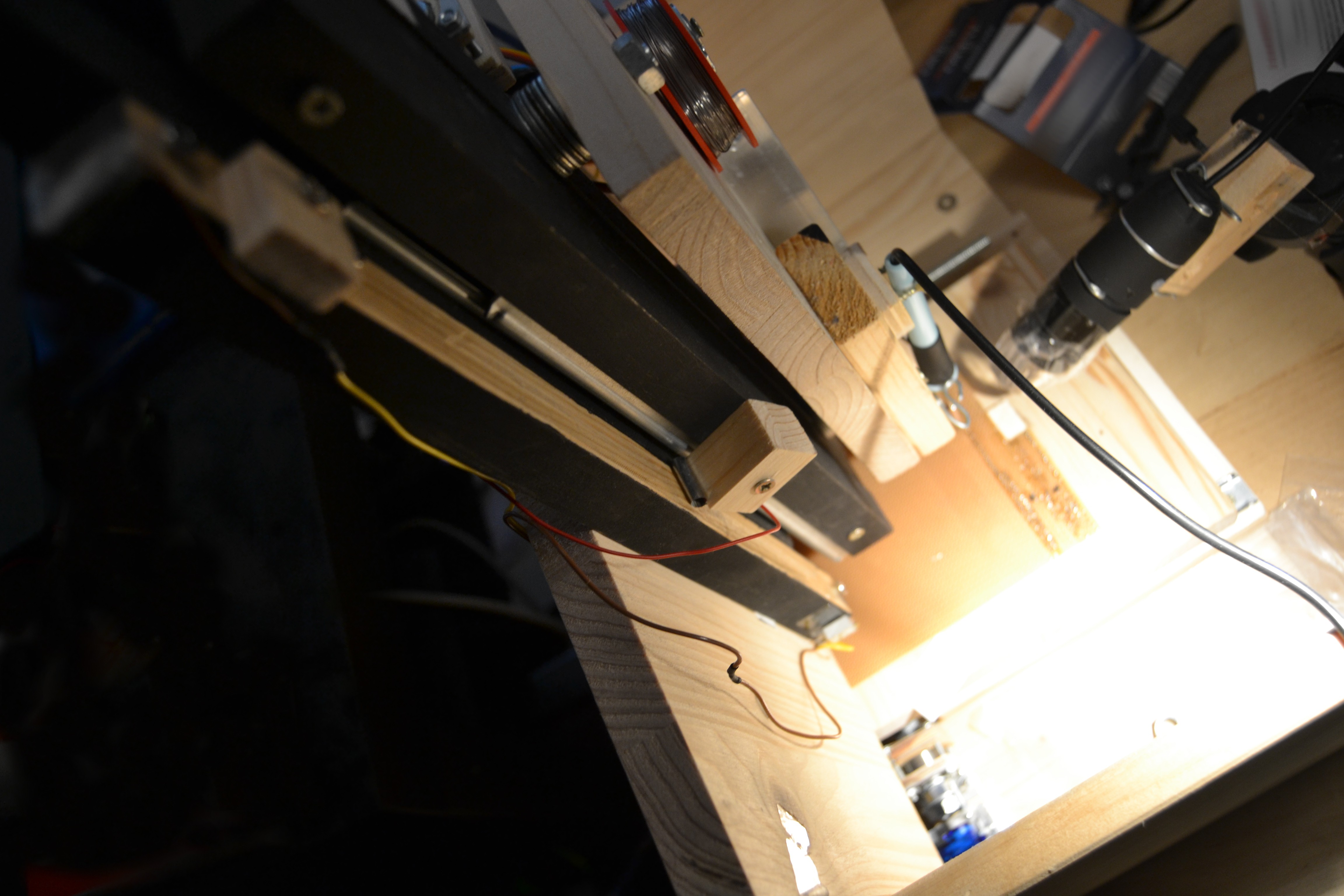
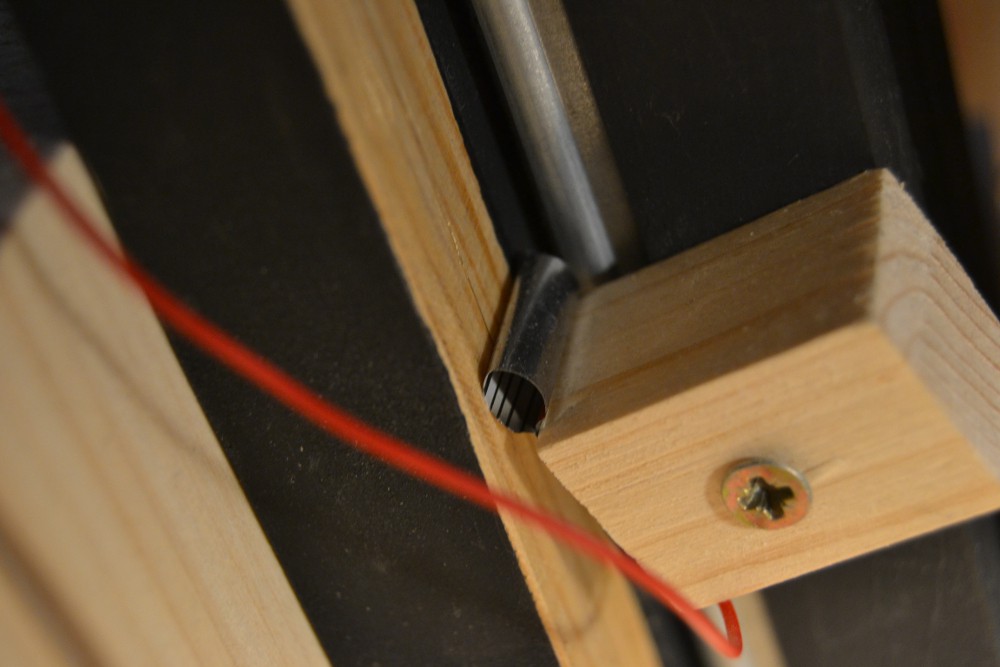
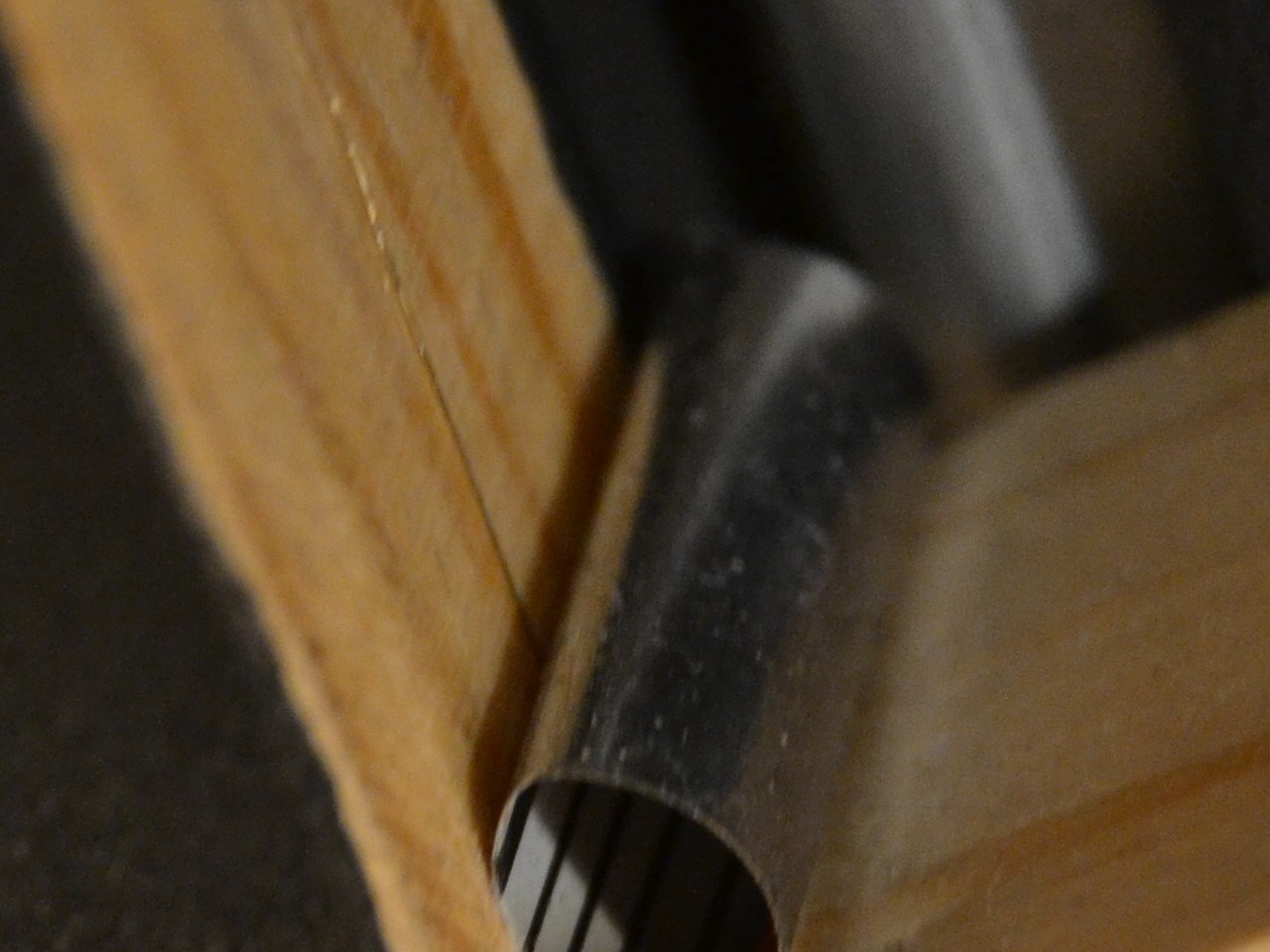
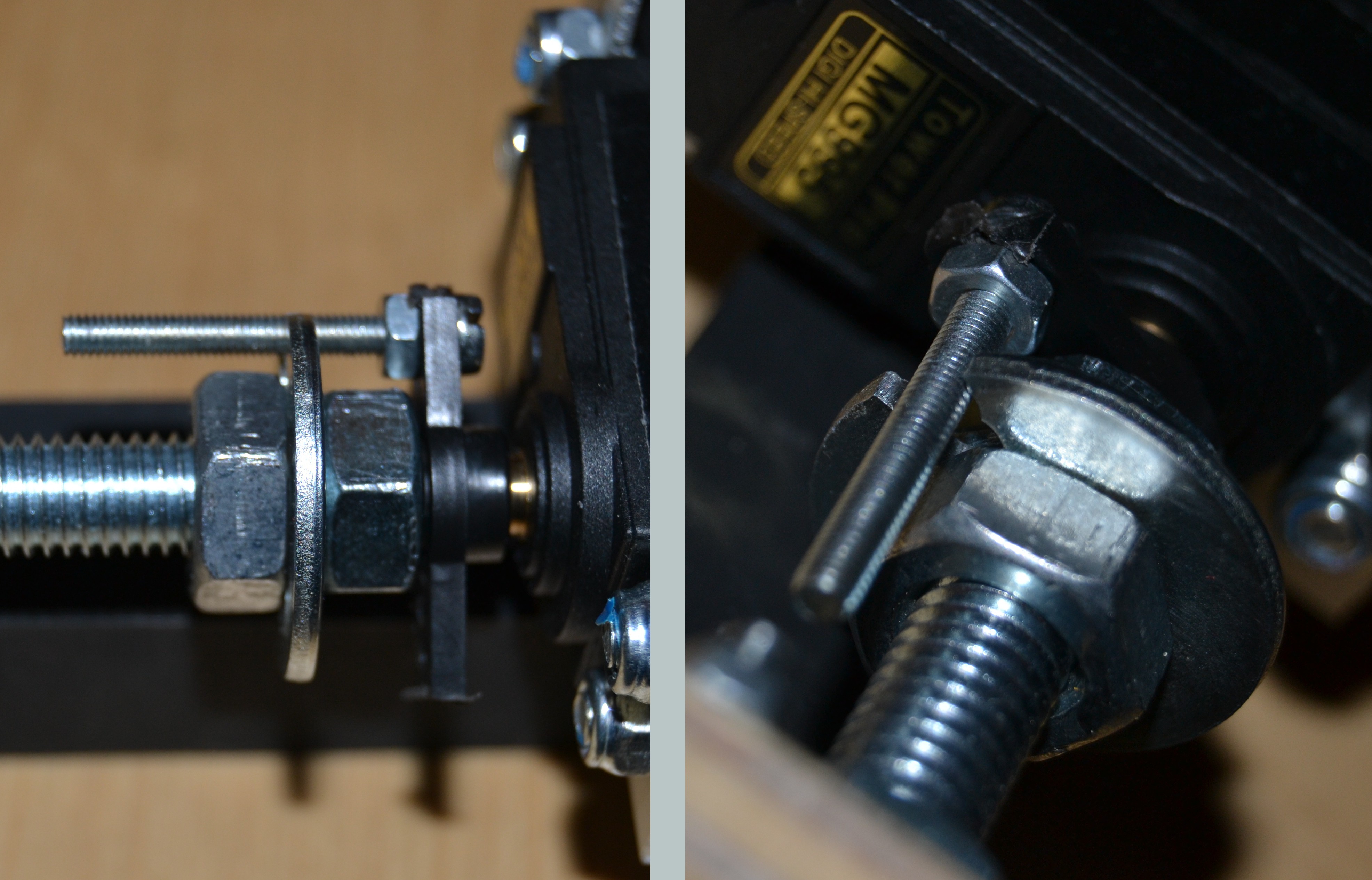
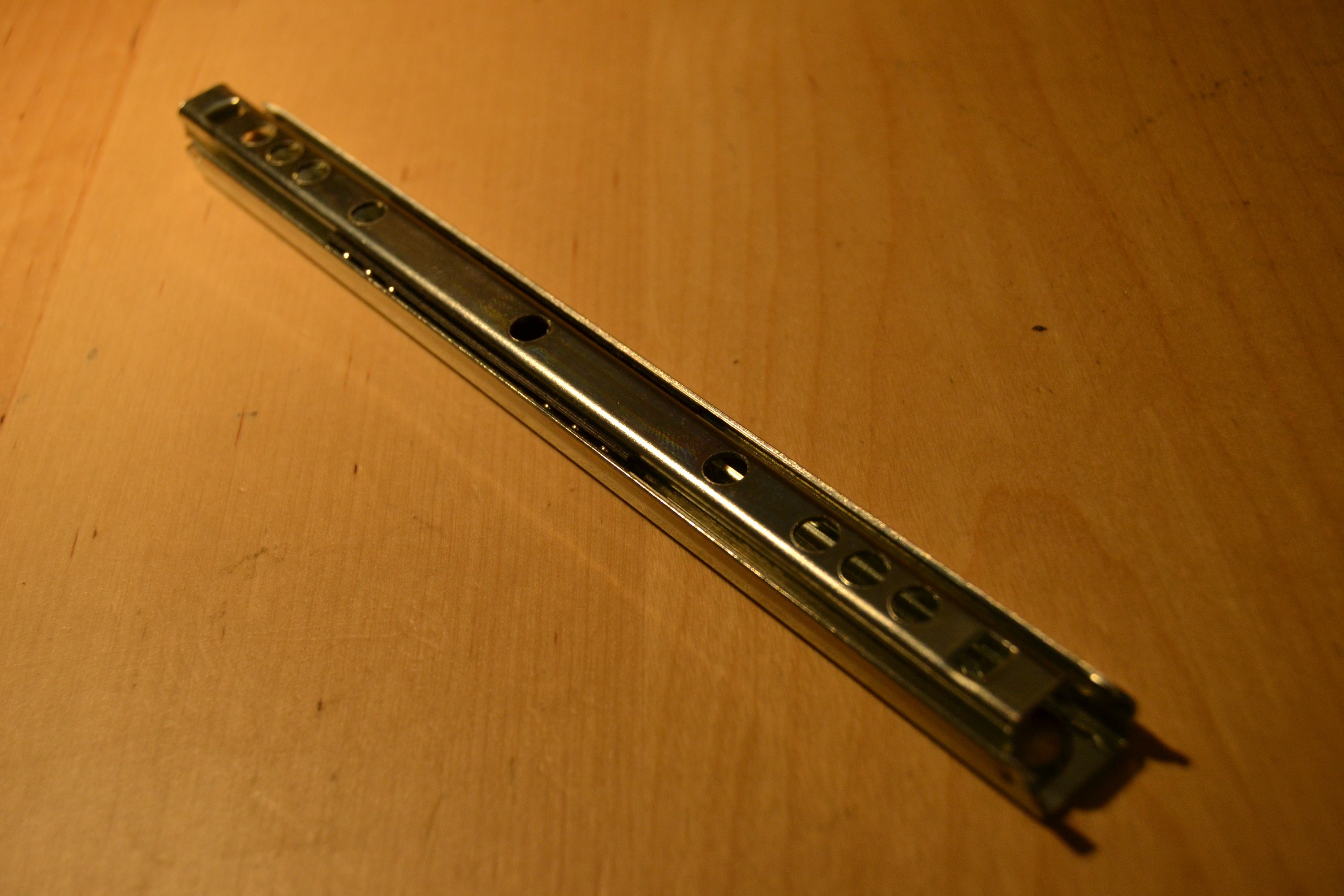
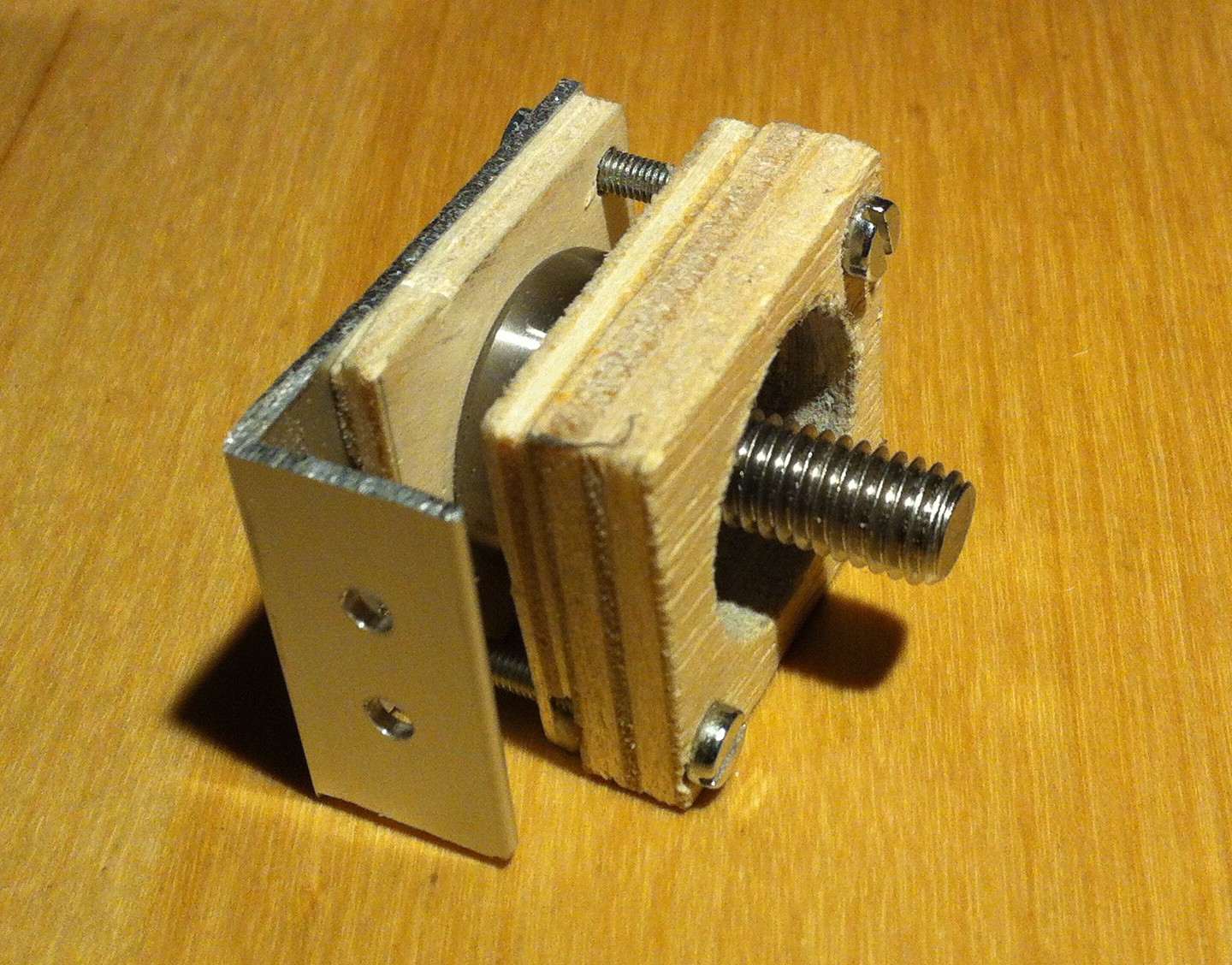
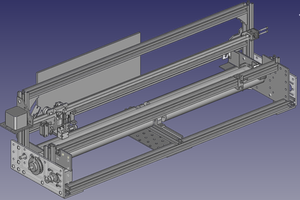
 Kārlis
Kārlis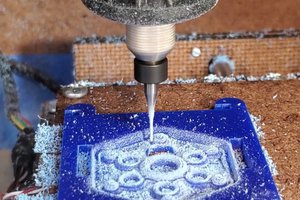
 Paul McClay
Paul McClay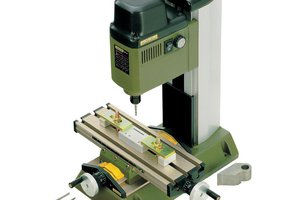
 Greg Duckworth
Greg Duckworth